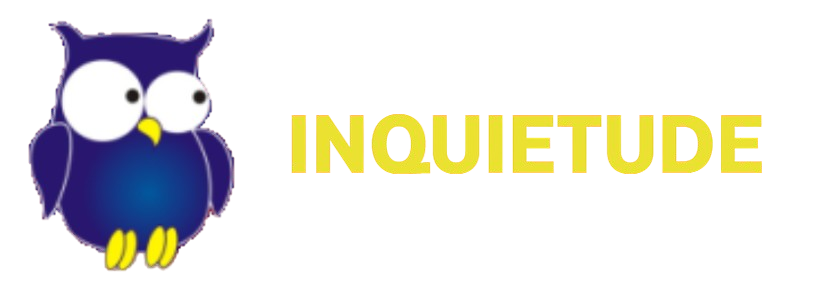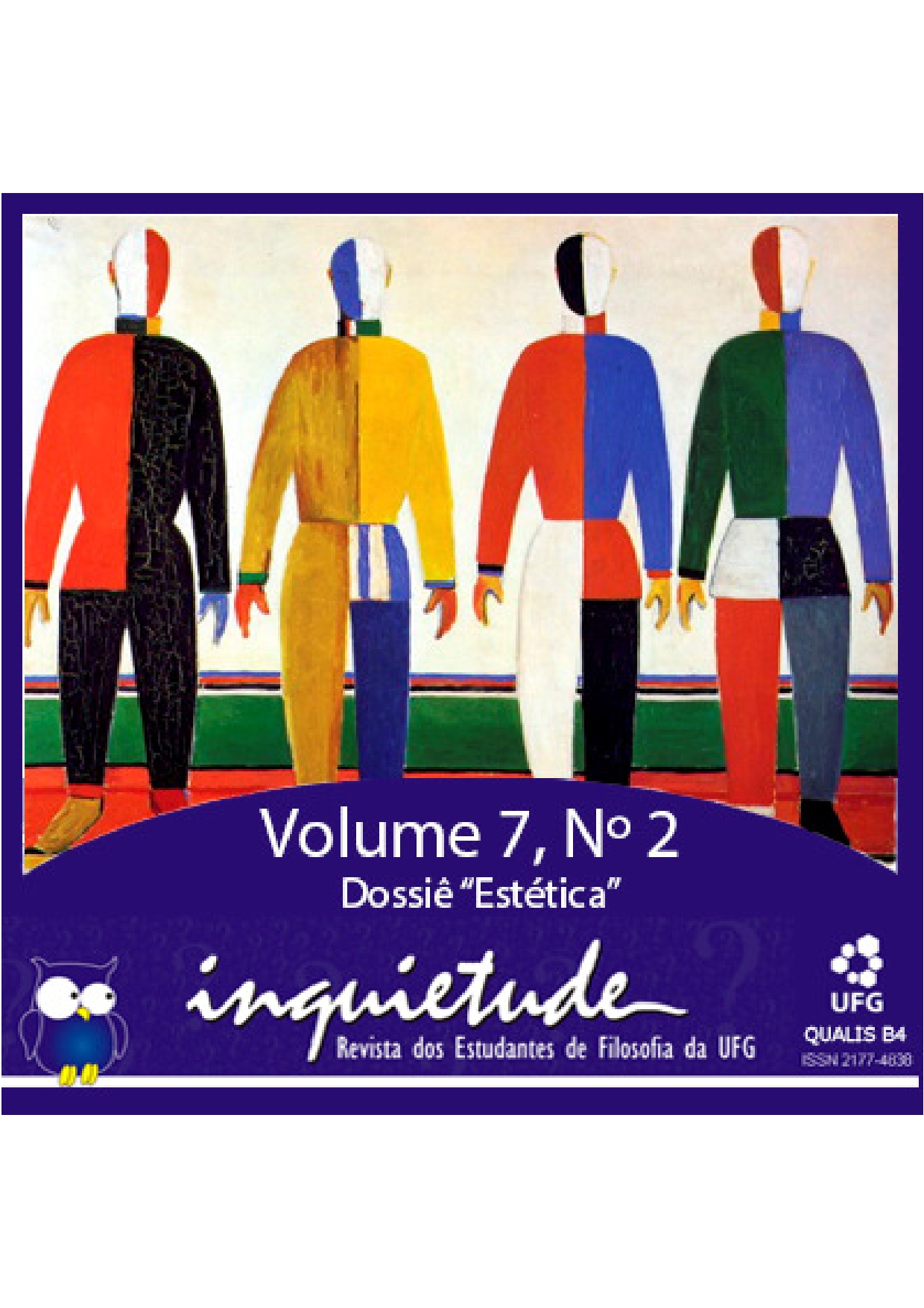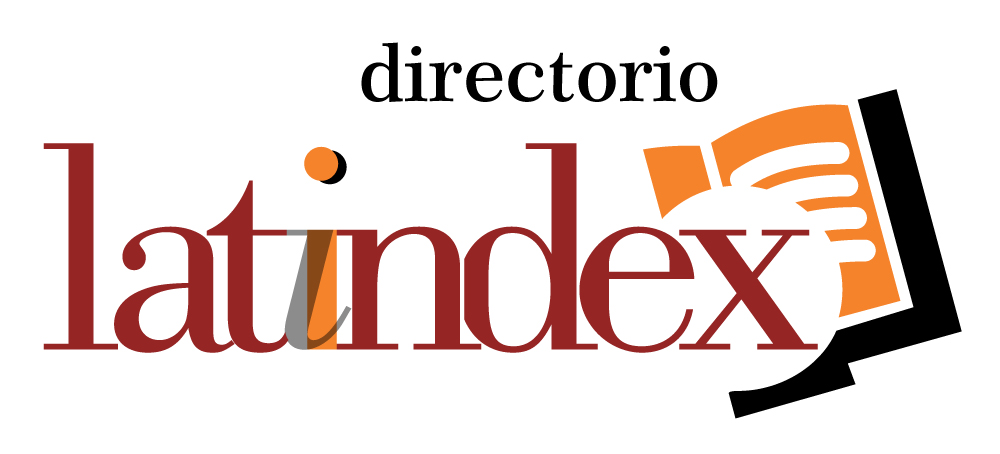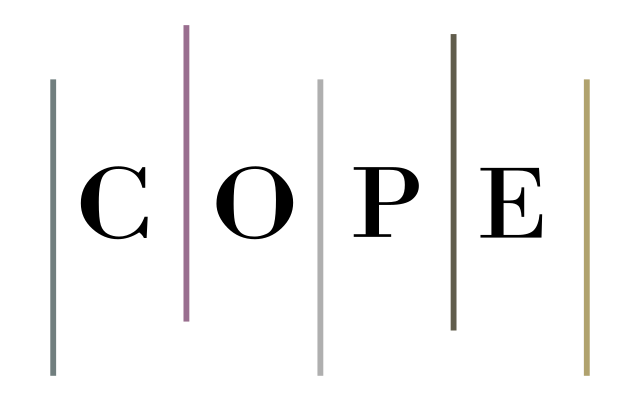The limits of criticism as a setting of the pluralism and the multiculturalism of post-historical art
Keywords:
Danto, Criticism, Post-historical art, Noël CarrollAbstract
In the preface of Unnatural wonders: essays from the gap between art and life, the North American thinker, Arthur Danto, dedicates himself to reflecting upon his work as an art critic and to demonstrating how this activity should be considered in a post-historical context of art. For Danto, the post-historical art is a period of time of radical pluralism and multiculturalism. This does not necessarily mean the end of art criticism, but the moment that such activity releases the artist from the burden of art history and, at the same time, restricts their doing solely to a kind of explanatory mediation of the artist’s work to the spectator. For Danto, if the post-historical context determines that nothing can be ruled out as art, neither can the critic rule anything out as art, so that the artist finds himself endowed with full creative freedom. Moreover, it is noticed in the same preface that, for Arthur Danto, the theme of criticism is not a philosophical problem of his theory, given that to the thinker, the post-historical art would not follow a post-historical critical model. On the other hand, the philosopher says to agree with Hegel's thesis that the duty of criticism is merely to analyze if the incorporation of meaning on the proposed object as a work of art was well held, thus demonstrating that the concept of art criticism and definition of art come together in Danto’s thought. At first, such conception points us to an inclusive character, knowing that it can represent a condition in which everything can be proposed as art, regardless of style, cultural background or qualitative factors of the work. On the other hand, Danto’s understanding of criticism ultimately puts an end to some dilemmas, particularly because of his critique limits itself to the work done and its suitability between the object and the embodied sense. Consequently, it ignores some elements that would be fairly representative for his own philosophy of art, namely, to make understandable to an extent of multiculturalism and pluralism affirmed by Danto that does not end up subsumed by the art market as a condition of post-historical art. Therefore, it replaces the master narratives not by an alleged creative freedom, but by the art market trends. In addition, to what extent this condition, added to the limit of the critic to the mediator role, would not otherwise condition the conception of the world of art of Arthur Danto to an Institutional Theory of Art? The theme of my speech is to discuss the issues in the light of Noël Carroll's thesis about a second definition of art in Dante’s thought.
Downloads
References
ADORNO, Theodor. O fetichismo na música e a regressão da audição. Trad. Luiz João Baraúna. In: ADORNO, Theodor. Textos escolhidos. Trad. Andréa Maria Altino de Campos et al. São Paulo: Abril Cultural, 1996, p. 65-108. (Os pensadores)
CARROLL, Noël. On criticism. Nova Iorque: Routledge, 2009.
CARROLL, Noël. Danto’s new definition of art and the problem of art theories. The British journal of aesthetics, Londres, v. 37, n. 4, p. 386-91, out. 1997. https://doi.org/10.1093/bjaesthetics/37.4.386.
CARROLL, Noël. Arte, definição e identificação. In: CARROLL, Noël. Filosofia da arte. Trad. Rita Canas Mendes. Lisboa: Synopsis, 1999, p. 231-94.
DANTO, Arthur. After the end of art: contemporary art and the pale of history. Princeton: Princeton University Press, 1997.
DANTO, Arthur. Beyond the Brillo Box: the visual arts in post-historical perspective. Berkeley: University of California Press, 1992.
DANTO, Arthur. From aesthetics to art criticism and back. The journal of aesthetics and art criticism, Malden, v. 54, n. 2, p. 105-15, primavera 1996. https://doi.org/10.2307/431083.
DANTO, Arthur. From philosophy to art criticism. American Art, Nova Iorque, v. 16, n. 1, p. 14-7, primavera 2002. https://doi.org/10.1086/444655.
DANTO, Arthur. On criticism. Nova Iorque: Routledge, 2009.
DANTO, Arthur. The artworld. The journal of philosophy, Nova Iorque, v. 61, n. 19, p. 571-84, out. 1964. https://doi.org/10.2307/2022937.
DANTO, Arthur. The end of art: a philosophical defense. History and theory, v. 37, n. 4, p. 127-43, dez. 1998b. https://doi.org/10.1111/0018-2656.721998072.
DANTO, Arthur. The madonna of the future: essays in a pluralistic art world. Berkeley: University of California Press, 2000.
DANTO, Arthur. The philosophical disenfranchisement of art. Nova Iorque: Columbia University Press, 2004.
DANTO, Arthur. The transfiguration of the commonplace: a philosophy of art. Cambridge: Harvard University Press, 1981.
DANTO, Arthur. Unnatural wonders: essays from the gap between art and life. Nova Iorque: Columbia University Press, 2005.
DUARTE, Rodrigo. A plausibilidade da pós-história no sentido estético. Trans/Form/Ação, Marília, v. 34, n. 2, p.155-80, 2011.
FERREIRA, Débora Pazetto. Considerações sobre a situação atual da arte no mundo da arte. In: DUARTE, Rodrigo et al. (Org.). Gosto, interpretação e crítica. Vol. 2. Belo Horizonte: ABRE, 2015.
Downloads
Published
How to Cite
Issue
Section
License
Copyright (c) 2017 Charliston Pablo do Nascimento

This work is licensed under a Creative Commons Attribution-NonCommercial-NoDerivatives 4.0 International License.









